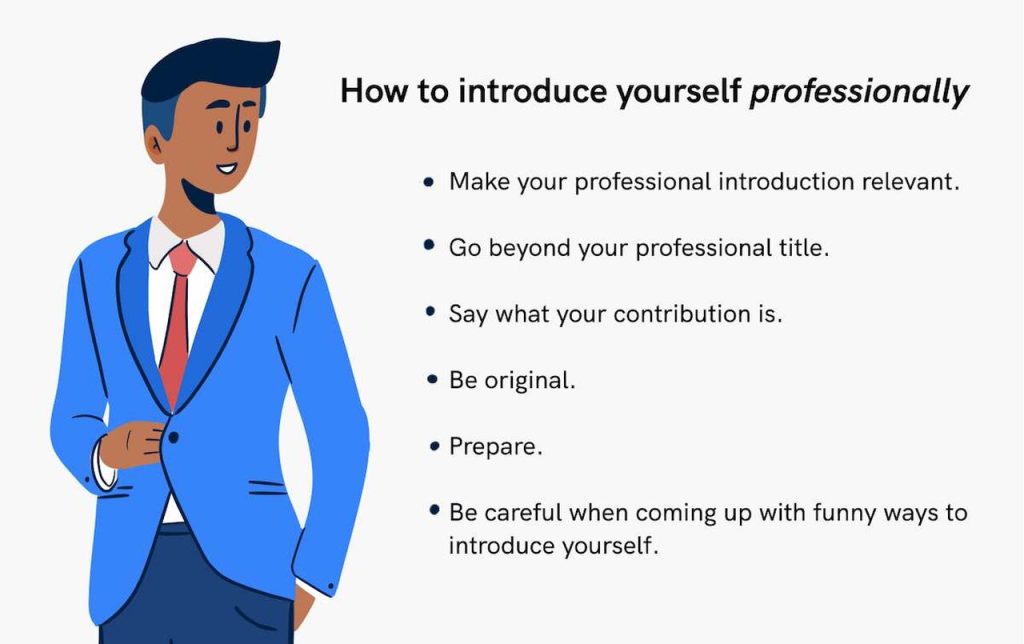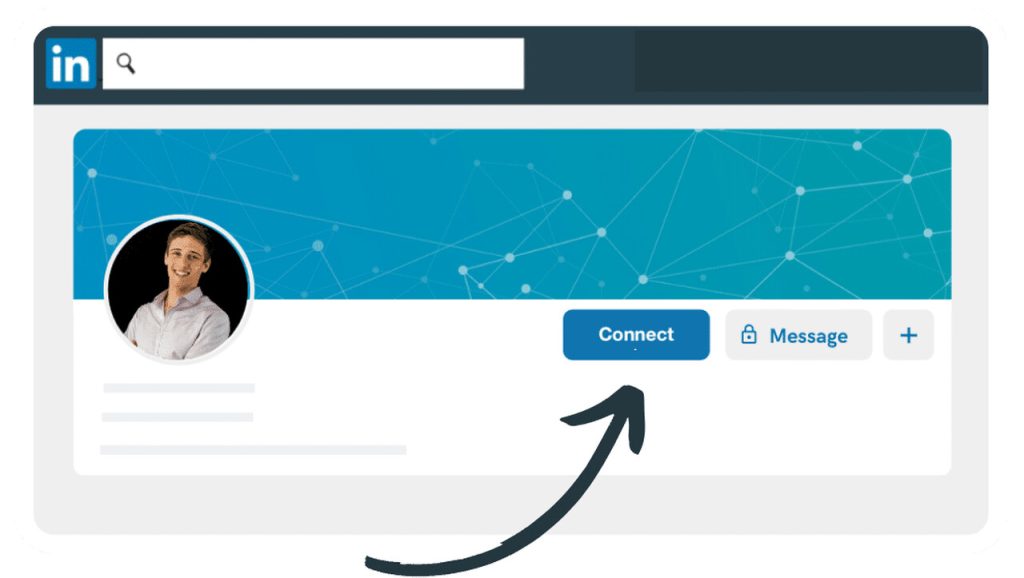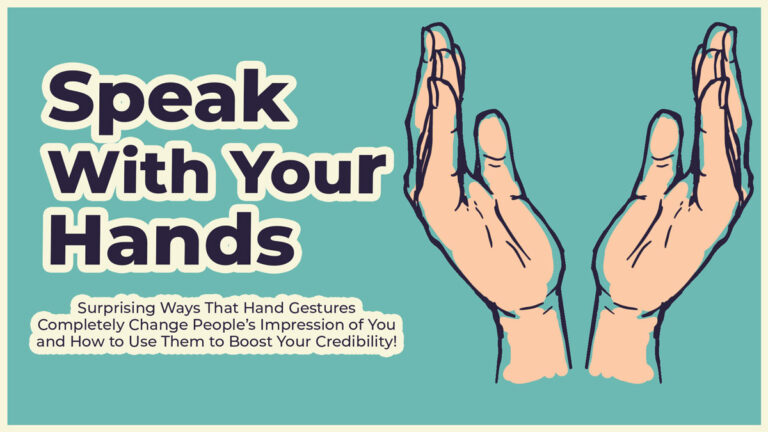Networking can be intimidating.
Especially when making a first impression!
The pressure to connect with strangers in a professional setting feels overwhelming.
A bad first interaction can set the tone for future connections and may even cost valuable opportunities.
For many working adults, networking events are a source of anxiety.
But they don’t have to be.
Here are 5 effective networking tips to help you make lasting professional connections:
1. Prepare a Memorable Introduction
Walking into a networking event without a plan can lead to awkward conversations.
To avoid this, you can prepare a brief and engaging introduction.
Think of it as a summary of who you are and what you do.
Focus on what makes you unique and valuable.
For example. . .
Instead of saying “I’m a marketing manager.”
Try saying “I help small businesses increase their online presence and customer engagement.”
Practise your introduction until it feels natural and conversational.

2. Listen Actively and Ask Insightful Questions
A common mistake in networking is focusing too much on promoting yourself.
You forget to listen to what the other person has to say.
Show genuine interest in the person you’re speaking with by asking questions about their work and challenges.
Prepare open-ended questions that encourage meaningful dialogue.
For instance, instead of asking “What do you do?”
Ask them “What’s the most exciting project you’re working on right now?”
Listen actively and follow up with relevant questions to deepen the conversation.

3. Use the Power of Names
Remembering and using someone’s name creates an instant connection.
It shows respect and attention to detail, making the other person feel valued
When introduced, repeat the other person’s name immediately in conversation.
You can say “It’s great to meet you, Sarah. What brings you to this event?”
This helps cement the name in your memory and shows attentiveness.
Use it naturally by weaving their name into the discussion without overusing it.
4. Offer Value from the Start of Your Interaction
Networking isn’t just about what you can get.
It’s also about what you can give.
Look for ways to offer value early on.
If you know of a useful resource or a relevant introduction, share it.
For example. . .
You can say, “I know someone who works in a similar area and might be interested in your work. Can I introduce you?”
This approach builds goodwill and increases the likelihood of reciprocal support.
5. Follow Up Promptly and Personally
Failing to follow up after a networking event can lead to missed opportunities and forgotten connections.
The real work of networking happens after the initial meeting.
Send a personalised follow-up message within 24-48 hours.
Reference something specific from your conversation.
Like, “It was great to hear about your recent project on sustainable practices. I’d love to stay in touch!”
This shows that you value the connection and are interested in building a relationship.
Bonus Tip:
Make sure to connect with them on LinkedIn and engage with their content.

Create Lasting Connections by Nailing a Good First Impression
Effective networking is a skill that improves with practice.
By implementing these strategies, you’ll approach networking events with confidence.
You’ll create meaningful connections that go beyond simple small talk.
Remember, every professional relationship starts with a single conversation.
So take a deep breath, put on a smile, and step into your next networking opportunity with purpose.
You might be surprised at the doors that open as a result.


